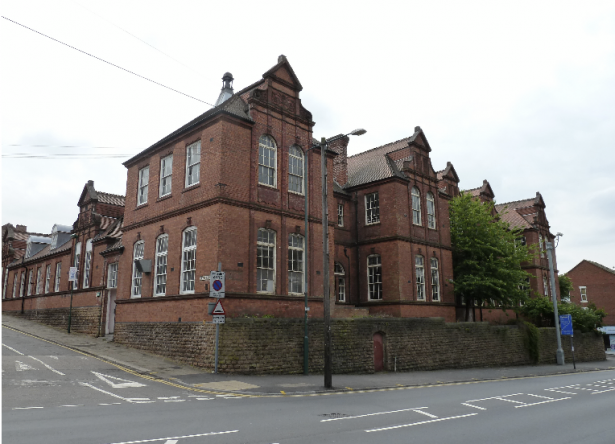
June 1, 2018, by Jake Hodder
Workshop II: Spaces of Display, 27 March 2018
Our second practitioner workshop, ‘Spaces of Display’, met in March at Primary, an artist-led studio and exhibition space situated in a former Victorian primary school in Nottingham.
The setting was generative of the overall aim and ambition of the workshop: to explore some of the wider themes of the project in relation to conferences as curated spaces of display and affect in dialogue with a number of representatives from Nottingham’s museum and gallery community, for whom such questions are common features of their daily work.
Participants came with a wide range of organising experience from a number of leading exhibition spaces in the city and beyond including Nottingham Contemporary, Nottingham Museums (including Nottingham Castle and Newstead Abbey), Nottingham Lakeside Art, Sheringham Park (National Trust), as well as Primary itself.
In the workshop we asked participants to reflect on how museum and art gallery spaces are curated; how are visitor experiences scripted and managed (and when does and doesn’t this work); and what kinds of behind-the-scenes labour are required? We sought to frame these questions in relation to both ‘technical’ dimensions (lighting, sound, display methods, preservation, etc.), as well as more ‘intangible’ aspects such as the cultivation of atmospheric or emotional registers (in line with our broader interests in conferences as sensory spaces).
Participants brought invaluable insights to answering these questions and many more. What became clear throughout was the scale of work which is required to curate exhibitions and the differing interests of stakeholders in them. Not least, between the ambitions of the curator, funder and visitor. We heard how curators’ efforts to integrate new perspectives or challenge preconceptions often requires a subtle negotiation with visitors’ expectations of particular spaces and sites.
We also heard of the sensory aspects of display and the ways in which sight, sound, smell and touch are curated, the increasing move toward more innovative forms of audio-visual engagement, and the sensory challenges of exhibiting outdoors.
We discussed contemporary archiving practices, thinking specifically about how the importance and experience of ephemeral exhibition events is documented, reported and preserved – and crucially, the ways in which it’s not.
Like all our workshops, they are not principally exercises in disseminating research findings, but instead offer us (as a project team) important insights into our own studies, often helping guide the focus of our work. One of the recurrent challenges of the project has been recovering the hidden forms of ‘back-stage’ labour which was required to organise conference events. This work was often gendered and racialised, and whilst it was clearly crucial to success (or failure), it is rarely documented. Archival sources often provide suggestive glimpses of such labour, but frustratingly little more.
Our workshops offer valuable spaces for us to creatively address this absence. A fuller understanding of the effort, complexities and nature of organising conferences today (workshop I), curating exhibitions (workshop II), or managing events in major cities (workshop III), not only provide spaces (we hope) for participants to reflect on the historical development of their profession, but offer us crucial insights of the kind and scale of work required by those past lives who we are so keen to recover, but often unable to see.
No comments yet, fill out a comment to be the first

Leave a Reply